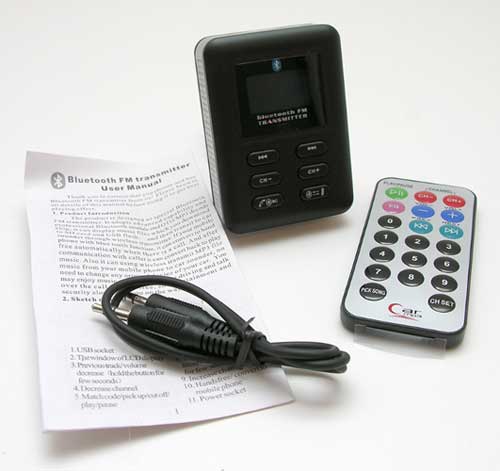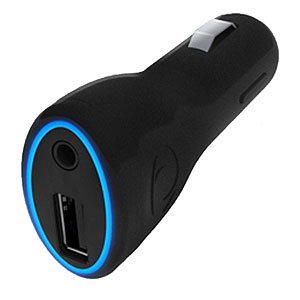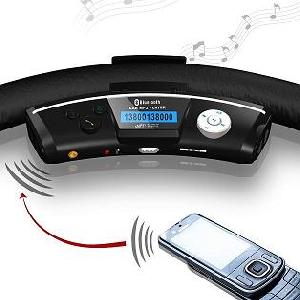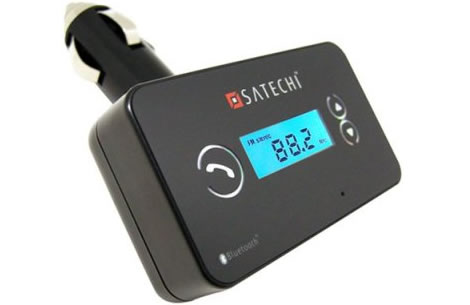Bluetooth Fm Transmitter
The first primitive radio transmitters (called Hertzian oscillators) were built by German physicist Heinrich Hertz in 1887 during his pioneering investigations of radio waves. These generated radio waves by a high voltage spark between two conductors. These spark-gap transmitters were used during the first three decades of radio (1887-1917), called the wireless telegraphy era. Short-lived competing techniques came into use after the turn of the century, such as the Alexanderson alternator and Poulsen Arc transmitters. But all these early technologies were replaced by vacuum tube transmitters in the 1920s, because they were inexpensive and produced continuous waves, which could be modulated to transmit audio (sound) using amplitude modulation (AM) and frequency modulation (FM). This made possible commercial radio broadcasting, which began about 1920. The development of radar before and during World War II was a great stimulus to the evolution of high frequency transmitters in the UHF and microwave ranges, using new devices such as the magnetron and traveling wave tube. In recent years, the need to conserve crowded radio spectrum bandwidth has driven the development of new types of transmitters such as spread spectrum.












No comments:
Post a Comment